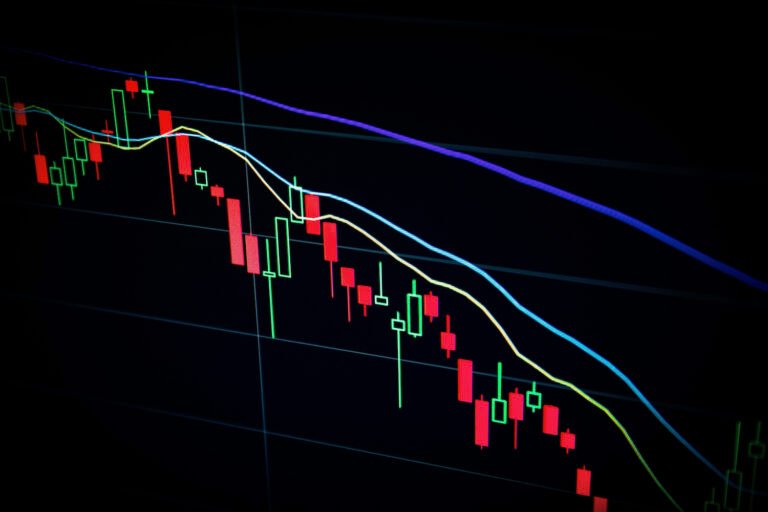An Exchange-Traded Fund (ETF) is a pooled investment vehicle that can hold a portfolio of assets such as stocks, bonds, or commodities. ETFs are designed to track the performance of a specific index, sector, or asset class.
Unlike managed funds, ETFs trade on stock exchanges during trading hours, allowing investors to buy or sell units at market prices, similar to individual stocks.
Considerations for ETFs
When evaluating ETFs, investors should take several key factors into account to make informed decisions:
Reputation and Performance of the Provider
It’s worth considering who’s behind the ETF. Well-known providers with a longer track record tend to show steadier fund management and operations, which can offer investors some reassurance. While past performance isn’t a guide to future results, it can give an idea of how the ETF has performed relative to its benchmark — whether that’s an asset class or an index.
Expense Ratios
ETFs charge expense ratios, which reflect the cost of managing the fund. Comparing these ratios across different ETFs can help investors identify options that align with their investment goals.
Diversification
One of the core advantages of ETFs is diversification. By holding a basket of securities, ETFs can offer exposure to a wide range of markets, sectors, or asset classes, helping to spread risk across investments.
Trading Flexibility
Unlike managed funds that settle at the end of the trading day, ETFs can be traded throughout the trading day at market prices. This flexibility allows investors to react quickly to market movements.
Portfolio Transparency
ETF providers typically disclose fund holdings on a regular basis, allowing investors to see the underlying assets. This level of transparency aids in assessing how well the ETF aligns with investment strategies.
Tax Considerations
ETFs may have different tax implications depending on their structure and how capital gains are realised. Investors should consider the tax efficiency of a fund when determining its suitability for their portfolio.
How to Start Investing in ETFs
Open a Trading Account
Investing in ETFs requires a trading account. Different platforms offer various ETFs and tools for investors to research their options.
Define Investment Goals
Investors may set financial goals such as long-term growth, income generation, or diversification. These goals can help guide the ETF selection process.
Start Small
Some ETFs require a minimum investment; and many options, such as Vanguard ETFs require a minimum of $200 investment, allowing beginners to start with a modest amount.
Monitor and Adjust the Portfolio
Investment portfolios may need periodic adjustments based on changing financial goals or market conditions. Investors can review their ETFs regularly to maintain their desired asset allocation. Alternatively, professionally managed, diversified ETF portfolios are available — these are designed to keep specific asset weightings in place over time, reducing the need for hands-on rebalancing.
Final Thoughts
ETFs are one of many investment options available in the market. Understanding their structure, costs, and potential role within a portfolio can help investors make informed decisions. Those interested in ETFs may research different funds, consider their financial objectives, and consult with financial professionals when needed.

